Understanding the relationship between ergonomics and rhythm is crucial for maximizing performance and minimizing discomfort in any activity, whether it’s playing darts, working at a computer, or even playing a musical instrument. This article will explain how these two concepts intertwine and offer practical strategies to improve your efficiency and well-being by optimizing your movements and your work or play environment. We’ll explore the science behind ergonomics and rhythm, and provide actionable advice to help you integrate them into your daily life.
⚠️ Still Using Pen & Paper (or a Chalkboard)?! ⚠️
Step into the future! The Dart Counter App handles all the scoring, suggests checkouts, and tracks your stats automatically. It's easier than you think!
Try the Smart Dart Counter App FREE!Ready for an upgrade? Click above!
The importance of ergonomics and rhythm cannot be overstated. When your movements are efficient and your body is properly supported, you’ll find that tasks become easier, fatigue sets in later, and the risk of injury is greatly reduced. This is especially true for activities that require repetitive movements or prolonged periods of concentration, such as playing darts. Maintaining a rhythmic approach can greatly improve your skill and consistency. This article will guide you through practical strategies for incorporating these principles into your daily life.
Ergonomics and Rhythm: The Foundation of Efficient Movement
Ergonomics focuses on designing workspaces and tools to fit the human body, reducing strain and improving comfort and productivity. Rhythm, on the other hand, refers to the patterned repetition of movement or sound, which, when applied correctly, can optimize performance, promote consistency and even reduce fatigue. When we combine ergonomics and rhythm, we achieve a synergy where physical comfort supports efficient, repetitive motion. This is evident in sports such as darts where a fluid, rhythmic throwing motion from a properly positioned stance is paramount to consistent performance.
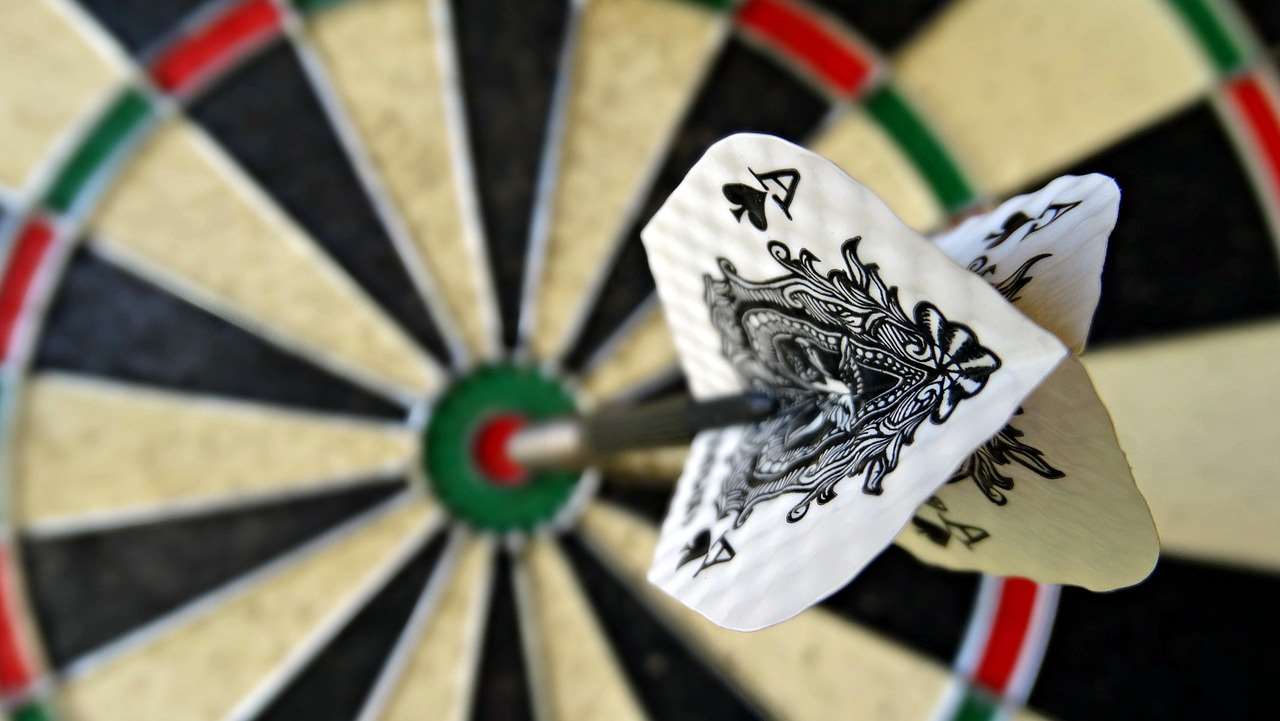
For example, a dart player needs proper posture and a well-adjusted oche setup—key components of ergonomics. A smooth, consistent throwing motion—rhythm—is then crucial for accuracy and performance. The combined effect of proper ergonomics and rhythm leads to less fatigue, fewer injuries, and ultimately, better scores. The principles are transferrable to various tasks and activities. Consider the repetitive movements involved in typing, and how ergonomics (proper keyboard height and chair adjustments) and a rhythmic typing style (consistent keystrokes, avoiding jerky motions) can help maintain concentration and avoid wrist strain. Furthermore, rhythm in movement is not just about speed; it’s about controlled repetition and minimizing unnecessary or erratic movements.
Optimizing Your Workspace for Rhythm and Ergonomics
Creating an ergonomic workspace is the first step in achieving optimal ergonomics and rhythm in any task. This involves considering several factors:
- Chair Selection: Choose a chair that provides adequate lumbar support and allows for proper posture. Adjust the height so your feet are flat on the floor and your knees are at a 90-degree angle.
- Desk Setup: Ensure your desk is at the correct height to prevent hunching or straining your neck. Your elbows should be at a 90-degree angle when typing.
- Monitor Placement: Position your monitor at eye level to avoid neck strain. The top of the screen should be at or just below eye level.
- Keyboard and Mouse Positioning: Keep your keyboard and mouse within easy reach to prevent excessive reaching and strain. Your wrists should be straight when using them.
Once your workspace is optimized for ergonomics, you can focus on incorporating rhythm into your work. For instance, setting a consistent pace while typing, taking regular breaks, and employing mindfulness techniques can improve overall efficiency and reduce stress. This consistent, rhythmic approach allows for a more natural flow and minimizes unnecessary energy expenditure.
The Impact of Microbreaks on Rhythm and Productivity
Regular microbreaks, even just a few seconds, can significantly impact your efficiency and well-being. These breaks allow you to reset your rhythm, reducing fatigue and preventing strain. Incorporating short stretches, eye exercises, or deep breaths during these microbreaks can help you maintain a consistent and productive rhythm throughout the day. These breaks are crucial to maintaining focus and preventing burnout in tasks that require repetitive actions.
Ergonomics and Rhythm in Specific Activities
The principles of ergonomics and rhythm apply to a wide range of activities. Let’s consider a few specific examples:
Playing Darts: A Case Study in Ergonomics and Rhythm
In the sport of darts, mastering ergonomics and rhythm is paramount for achieving consistent accuracy. It’s crucial to consider proper posture at oche to maintain the correct throwing posture. A relaxed, balanced stance minimizes tension, enabling you to maintain a smooth throwing motion. Consistent rhythm is key to repeating successful throws. This involves maintaining a consistent pre-throw routine and focusing on the same motion each time. Many dart players find that a rhythmic breathing pattern enhances focus and consistency. Furthermore, consistent physical preparation is key to maintaining peak athletic capabilities. Maintaining Darts Fitness Health can lead to improved rhythm and consistency in your game.
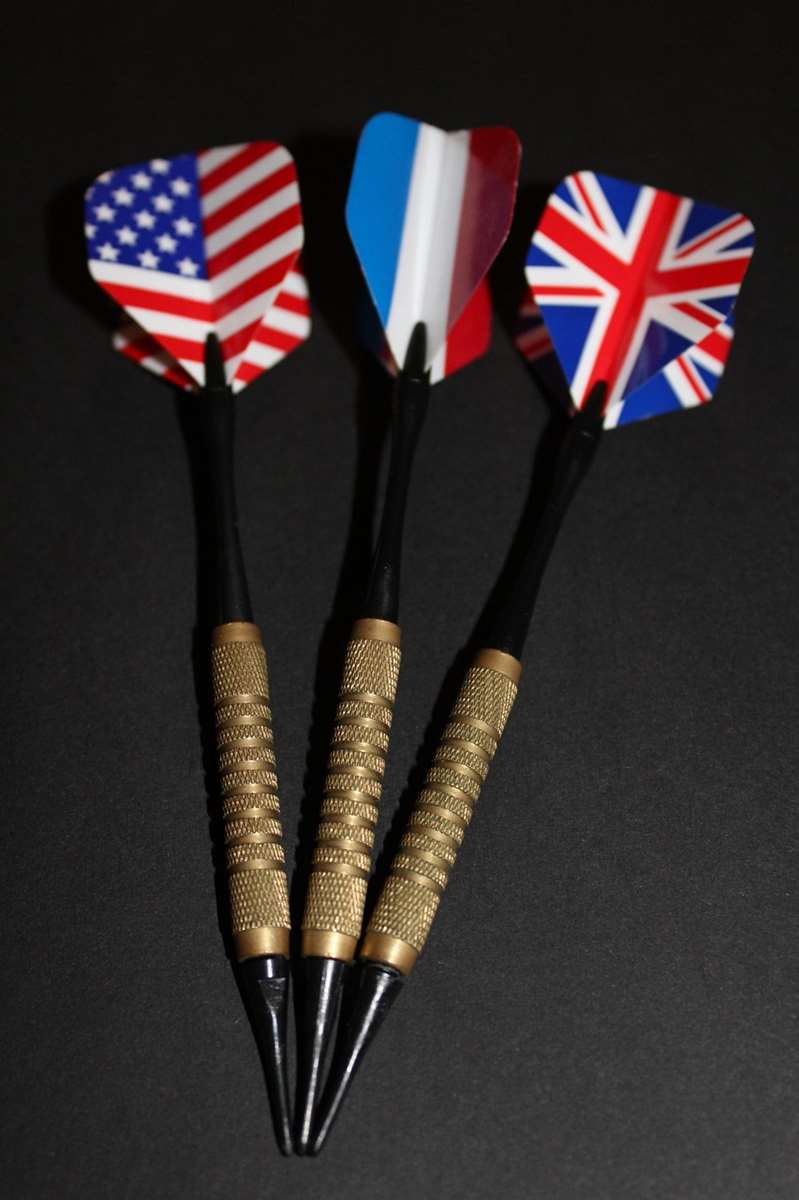
The benefit of training for dart stamina can’t be understated; this not only improves your ability to sustain performance but also enables a more consistent rhythm throughout a match or practice session. Understanding fatigue and anxiety reduction darts and implementing strategies to reduce these elements can help maintain the needed focus and rhythm for optimal game play.
Computer Work: Balancing Ergonomics and Rhythm
For those who spend many hours at a computer, understanding ergonomics and rhythm is essential for preventing repetitive strain injuries (RSIs). Adjusting your chair, monitor, and keyboard to optimize your posture is crucial. Once your workspace is ergonomically sound, establish a rhythmic workflow: taking regular breaks, avoiding prolonged static positions, and using proper typing techniques can significantly reduce the risk of injury.
Music Performance: The Importance of Rhythm and Ergonomic Playing
Musicians also benefit from understanding ergonomics and rhythm. Proper posture and instrument setup are crucial to preventing injury. A consistent, rhythmic approach to playing allows for more fluid and expressive performances while reducing strain on the hands, wrists, and arms. It’s about not only speed or intensity, but the precise and calculated timing of each note or movement.
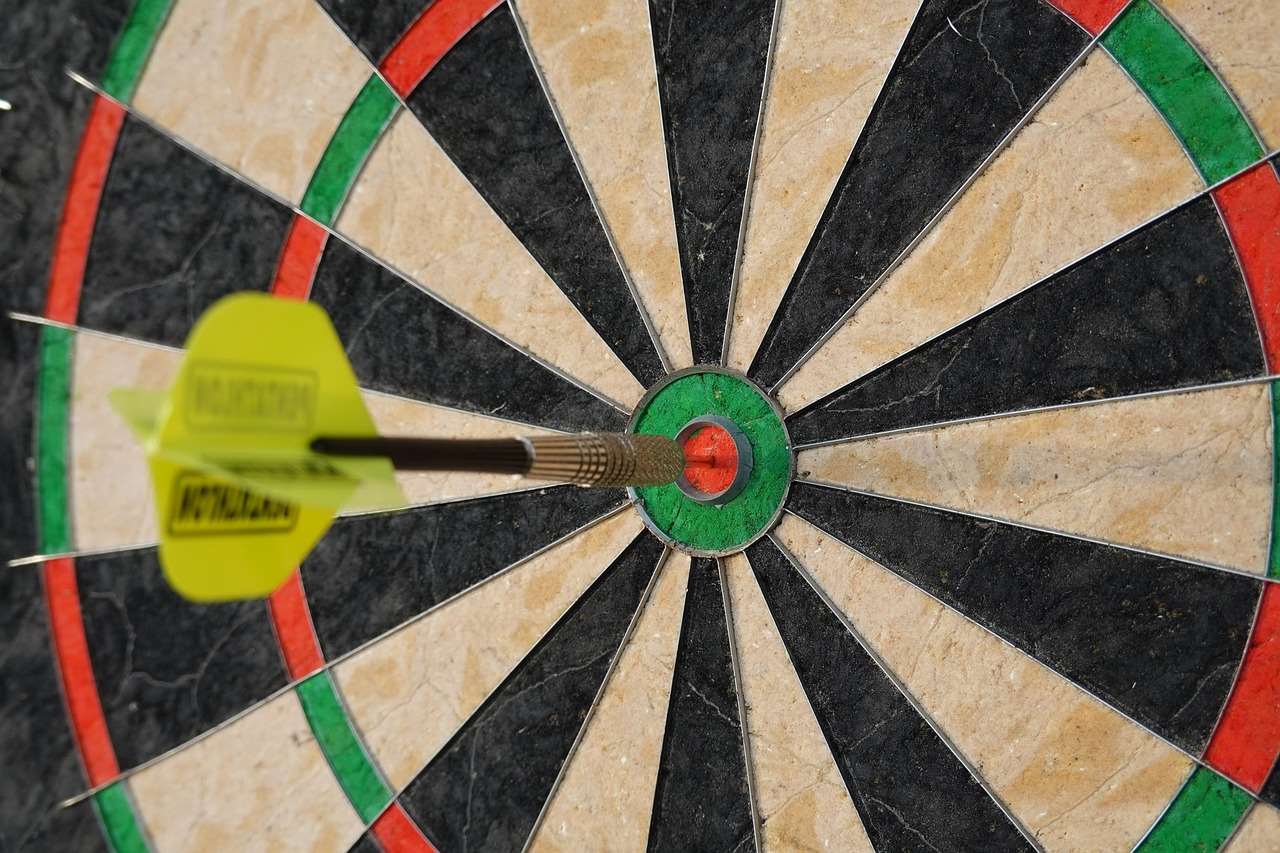
Incorporating Ergonomics and Rhythm into Your Daily Life
To effectively use ergonomics and rhythm in your daily life, start by identifying areas where repetitive movements or prolonged static postures are common. This could be anything from typing on a computer to household chores. Once identified, make adjustments to your workspace or the way you perform the task. This might involve purchasing ergonomic equipment or simply adjusting your posture and movements.
Consider incorporating mindfulness techniques to improve your awareness of your body’s position and movements. Mindfulness helps you recognize patterns in your movements, highlighting areas where you can refine your rhythm. You might notice habits leading to strain. It’s equally important to manage your fatigue and energy management darts, ensuring you’re not pushing yourself beyond your physical capabilities, which can throw off your rhythm.
Regular exercise plays a significant role in maintaining good ergonomics and rhythm. Strength training and stretching can help improve your posture, flexibility, and overall physical condition. Consider how cross training helps darts, as a cross-training regime can boost your general fitness and ability to maintain a consistent rhythm during a dart game.
The Long-Term Benefits of Ergonomics and Rhythm
The long-term benefits of prioritizing ergonomics and rhythm are significant. By improving your posture and movements, you reduce your risk of developing musculoskeletal disorders. You’ll also find that tasks become easier and require less effort, leading to improved productivity and reduced fatigue. Maintaining a consistent rhythm during your daily activities enables a sense of flow and promotes efficiency. You are less likely to experience burnout and can remain focused longer.
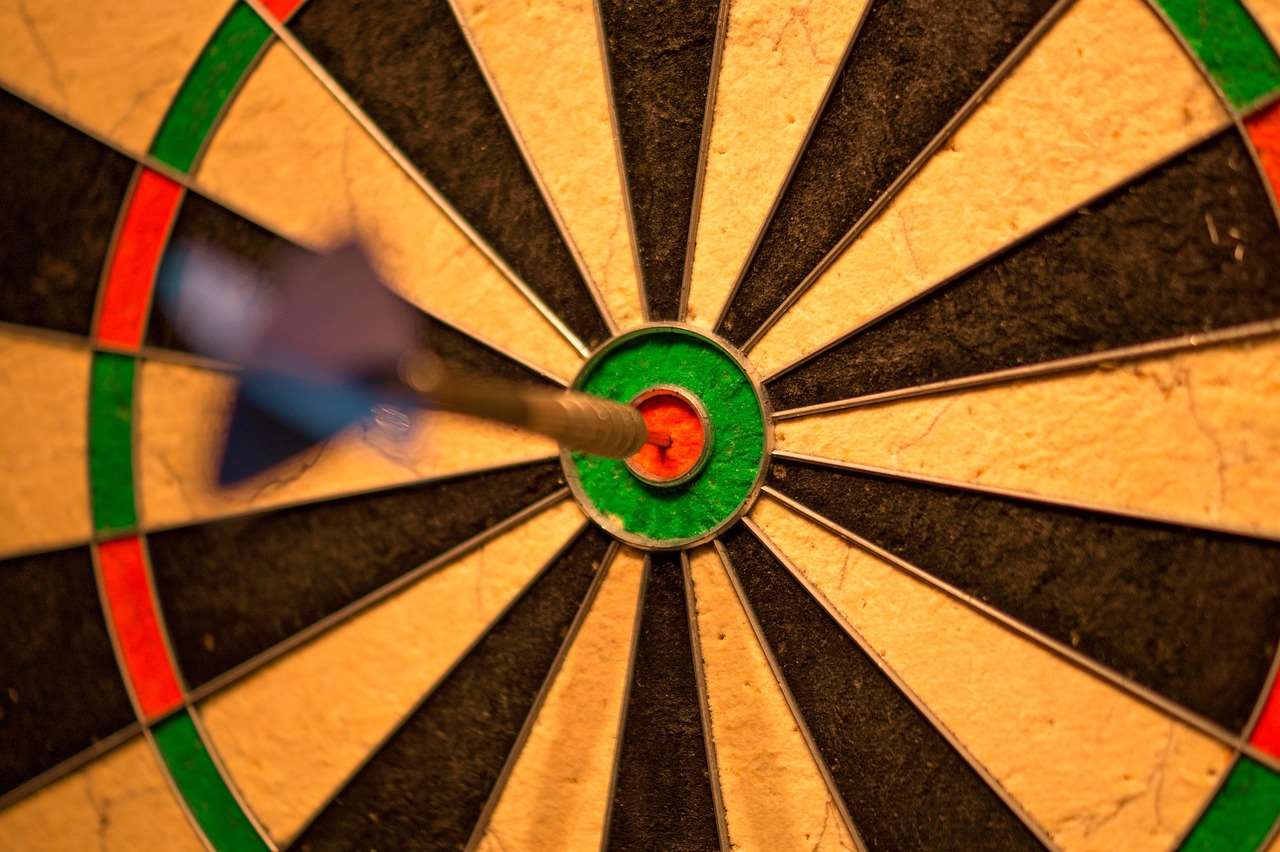
Moreover, focusing on ergonomics and rhythm can help reduce stress and improve overall well-being. When your body is comfortable and your movements are efficient, you’re less likely to experience tension or discomfort. It fosters a sense of control and contributes to a more positive and productive lifestyle. Addressing the impact of alcohol and dart throwing motion is vital. Substance use can negatively affect your ability to maintain consistent rhythm and ergonomics.
Conclusion
Incorporating ergonomics and rhythm into your daily life is a crucial step toward improving your performance, reducing discomfort, and preventing injuries. By creating an ergonomic workspace, understanding your body’s mechanics, and adopting a conscious, rhythmic approach to your activities, you can unlock significant benefits, whether it’s achieving a higher score in darts, performing better at work, or enjoying your hobbies with greater comfort and efficiency. Implementing regular stretching and ensuring proper oche setup for comfort can all add to your overall performance.
Remember, it’s not just about immediate results; the long-term benefits of prioritizing ergonomics and rhythm are substantial, leading to a healthier, more productive, and more fulfilling life. Don’t hesitate to seek professional advice if you have specific concerns regarding your posture or workspace. Start today, and you will experience the benefits of efficient, comfortable movement! Make sure to check out our other resources on fitness and injury recovery darts to further your knowledge and maximize your overall performance.
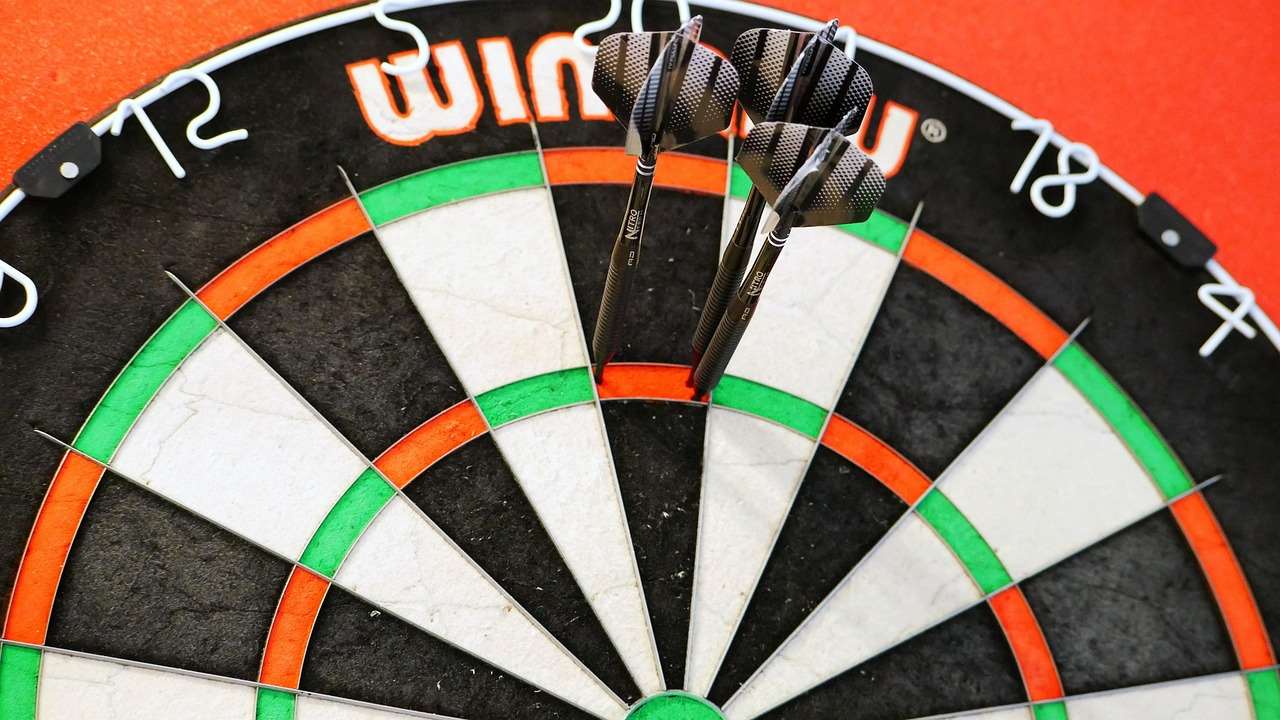
Ready to take the next step? Visit our website to learn more about our comprehensive guides on improving your posture and refining your movements! Learn more about vision and dart focus as well. We’ll help you unlock your full potential through a combination of proper ergonomics and rhythm techniques. If needed, learn how to repair or replace soft tip darts to optimize your equipment.
Hi, I’m Dieter, and I created Dartcounter (Dartcounterapp.com). My motivation wasn’t being a darts expert – quite the opposite! When I first started playing, I loved the game but found keeping accurate scores and tracking stats difficult and distracting.
I figured I couldn’t be the only one struggling with this. So, I decided to build a solution: an easy-to-use application that everyone, no matter their experience level, could use to manage scoring effortlessly.
My goal for Dartcounter was simple: let the app handle the numbers – the scoring, the averages, the stats, even checkout suggestions – so players could focus purely on their throw and enjoying the game. It began as a way to solve my own beginner’s problem, and I’m thrilled it has grown into a helpful tool for the wider darts community.